 Abraham Lincoln
If given the truth, the people can be depended upon to meet any national crisis...
Abraham Lincoln
If given the truth, the people can be depended upon to meet any national crisis...
 Guildford news...
for Guildford people, brought to you by Guildford reporters - Guildford's own news service
Guildford news...
for Guildford people, brought to you by Guildford reporters - Guildford's own news service
Birdwatcher’s Diary No.151
Published on: 17 Dec, 2017
Updated on: 17 Dec, 2017
By Malcolm Fincham
Moving into December I found myself with some free time from my daily work. And like a bird released from its cage, I was “out there” once again, looking for my feathered friends.
That renown saying “birds of a feather flock together”, must have been first told at this time of the year.
Families of tits, including blue, coal, great as well as long-tailed, could often be seen grouped up together, working their way through woodland areas looking for food.
Occasionally joined by a few other species – a treecreeper, goldcrest, or even a firecrest will link in with these flocks.
Gathering mostly in separate groups were finches. These included bullfinches in small units of four or fives.
Meanwhile, goldfinches gathered in groups, sometimes with the odd dunnock in attendance.
Linnets also continued to gather, often in quite substantial social groups.
Although known to breed in small numbers in the southern regions of the UK, siskins are another type of finch that can be seen in wintering flocks around Surrey.
Having only seen them in small groups during recent winters, I was taken by surprise to see a considerable wintering flock surpassing more than 150 birds on December 2, near Albury Heath.
Occasionally siskins will come to garden feeders. However, with plenty of seed cones in the tops of the alders around Surrey this large group had plenty still to feed on.
Thanks to many kind-hearted people putting food stations out in their gardens, especially during the cold spell of weather that started the month, in rural areas around Guildford I was able to get some photos of birds I am unlikely to seen on my feeders.
On December 3, finally with some time to spare, my friend Dougal took me to Wishmoor Bottom on the Surrey / Hamshire border, where he and Bob had seen the parrot crossbills that I wrote about in my previous report with some of Bob’s photos of them.
Yes, all 16 were still present there. Having stripped the tree Dougal and Bob had seen them on, the birds had now moved on, but not far.
They had taken to a pine tree nearby, feeding on the cones with their specially adapted crossed bills.
Although having seen this particular species before in the Scottish Highlands, along with Scottish crossbills, and as well as our more locally seen common crossbills, they were still fascinating to watch.
We spent well nearly two hours observing them as they plucked the fir cones from the tree, removing the seeds to feed on. Dougal then pointed out one that flew off, as if on a scouting mission.
“Keep watching it,” he said. “Look, it’s now flown across the stream into Surrey!” – still trying to entice me to put together a list of bird species I’ve seen in my own county.
For me, it was more the enjoyment of the moment and seeing such birds, so rarely seen in the south-east region of British Isles.
Although a cold and overcast, dry day on December 5, I wasn’t going to let the weather put me off. Inspired to make the most of my time off work, I visited Witley Common.
Far from being the best conditions for photography, it was a good one for sightings. A jay flew across the opening where I recalled seeing the grizzled skipper and green hairstreak butterflies back in the spring.
“That didn’t seem that long ago,” I thought, as I continued to watch the jay as it perched at the base of a tree, looking for a place to hide some more acorns.
The sound of a marsh tit drew my attention to one of the many silver birch trees along the way.
Soon after I caught what was the familiar white rump of a bullfinch and relocated it, trying to remain elusive, partially hidden in the now leafless bushes.
A pair of stonechats could be seen, constantly followed around the heathland by a Dartford warbler.
My prize sighting of the day was a lesser-spotted woodpecker. I had briefly heard its call earlier that afternoon and attempted to track it down, without success in a thickly wooded area nearby.
The small bird, about the size of sparrow, flew high overhead and perched in the topmost branches of a tall tree close to where I stood.
As the rain cleared on through on December 7, I found just enough time for an hour or so walk on Thursley Common before sunset.
Taking in a healthy number of “scratchy” sounds of Dartford warblers coming from deep cover within gorse bushes, occasionally one would perch briefly within view, before disappearing into the cover and out of sight.
As I made a circular walk around “Shrike Hill” lots of small birds could be seen flying low across the heath from time to time, most noticeably, goldfinches and meadow pipits.
A few mixed groups of blue, coal and long-tailed tits could be picked out in the fading light.
Having taken a few sunset shots, walking the last leg of my trip, luck fell my way.
Perched, silhouetted in a dead tree just a short distance away was the great grey shrike.
Returning to the car park along one of the boardwalks, I took a few last photos as the sun disappeared over the horizon.
The following day was a pleasantly sunny one, although temperatures still remained below average for the time of the year.
A walk around Stoke Nature Reserve with my daughter saw the usual “suspects” in the way of avian friends.
I pointed out the barn owl to her as it continued to roost in one of its favoured spots near Bower’s Lock.
Along the towpath by the River Wey, I pointed out a common buzzard just across the river, also picking out a distant red kite.
Meanwhile, although still fascinated, my daughter was a little more interested in taking the more artistic shots with my spare camera.
I tried my best not to overload her with too much information about the different species we saw along the way, having pointed out two dabchicks (little grebes) on the lake.
I was rather pleased, as we walked along the lakeside, to spot a kingfisher, and not far away from us. Having got her to stand dead still, I even managed to point it out for her as well as getting a few pictures.
Prizing myself from the warmth of my house, on December 10, I began to wonder if my sanity was perhaps in question as I trudged across Papercourt water meadows, near Send, under leaden skies.
Light drizzle was turning to sleet and mud was squelching under my feet.
A group of a dozen or more fieldfares sat perched in a tree, far more adapted to such weather conditions, wintering from their Scandinavian homes.
A little egret was attempting to do an impression of a cattle egret as it probed the soil by a herd of cows.
Three Egyptian geese flew past and several more could be seen close by a gaggle of Canada ones.
The usual sound there of ring-necked parakeets could be heard, squawking from the trees lining the rive. Surprisingly difficult to pick out, two eventually flew overhead making them easier to photo.
Probably my best sighting of the afternoon and certainly my best pictures were of a lesser redpoll. Not more than 10 yards away from me, it settled on some dead foliage. Briefly flitting about and appearing to pose for my camera, it then flew back across the river and out of sight.
Lesser redpolls are not much bigger than a blue tit. They can be seen dangling from tiny twigs in birch and alder trees, usually hanging upside down to feed.
They breed in woodland, but also visit gardens. This is a widespread breeding species in Scotland, northern and eastern England and Wales. It is less common in central, southern and south-west England, but does occur in these places during winter.
Concluding my photographs for the day, was the sighting of a kingfisher as light began to fade as I made my way back across the footbridge toward the car.
Not a bad closure to the day. And as I always remind myself: “You’ve gotta be out there to see it!”
Responses to Birdwatcher’s Diary No.151
Leave a Comment Cancel replyPlease see our comments policy. All comments are moderated and may take time to appear.

"Found any?" - "Nope, it all looks green to me!" (See Opinion: The Future is Congested, the Future is Grey)
www.abbotshospital.org/news/">





Recent Articles
- Latest Evidence in Sara Sharif Trial
- Ash’s New Road Bridge Is Named – and November 23rd Is Opening Day
- Class A in Underwear Leads to Jail Sentence
- Historical Almshouse Charity Celebrates Guildford in Bloom Victory
- Notice: Shalford Renewable Showcase – November 16
- Firework Fiesta: Guildford Lions Club Announces Extra Attractions
- Come and Meet the Flower Fairies at Watts Gallery
- Updated: Royal Mail Public Counter in Woodbridge Meadows to Close, Says Staff Member
- Letter: New Developments Should Benefit Local People
- Open Letter to Jeremy Hunt, MP: Ash’s Healthcare Concerns


Recent Comments
- Paul Spooner on Ash’s New Road Bridge Is Named – and November 23rd Is Opening Day
- Harry Eve on Opinion: The Future is Congested, the Future is Grey
- Nigel Keane on Letter: New Developments Should Benefit Local People
- Nathan Cassidy on Updated: Royal Mail Public Counter in Woodbridge Meadows to Close, Says Staff Member
- T Saunders on Opinion: The Future is Congested, the Future is Grey
- Jim Allen on Updated: Royal Mail Public Counter in Woodbridge Meadows to Close, Says Staff Member
Search in Site
Media Gallery
Dragon Interview: Local Artist Leaves Her Mark At One of England’s Most Historic Buildings
January 21, 2023 / No Comment / Read MoreDragon Interview: Lib Dem Planning Chair: ‘Current Policy Doesn’t Work for Local People’
January 19, 2023 / No Comment / Read MoreA3 Tunnel in Guildford ‘Necessary’ for New Homes, Says Guildford’s MP
January 10, 2023 / No Comment / Read More‘Madness’ for London Road Scheme to Go Ahead Against ‘Huge Opposition’, Says SCC Leader
January 6, 2023 / No Comment / Read MoreCouncillor’s Son Starts Campaign for More Consultation on North Street Plan
December 30, 2022 / No Comment / Read MoreCounty Council Climbs Down Over London Road Works – Further ‘Engagement’ Period Announced
December 14, 2022 / No Comment / Read MoreDragon Interview: GBC Reaction to the Government’s Expected Decision to Relax Housing Targets
December 7, 2022 / No Comment / Read MoreHow Can Our Town Centre Businesses Recover? Watch the Shop Front Debate
May 18, 2020 / No Comment / Read More





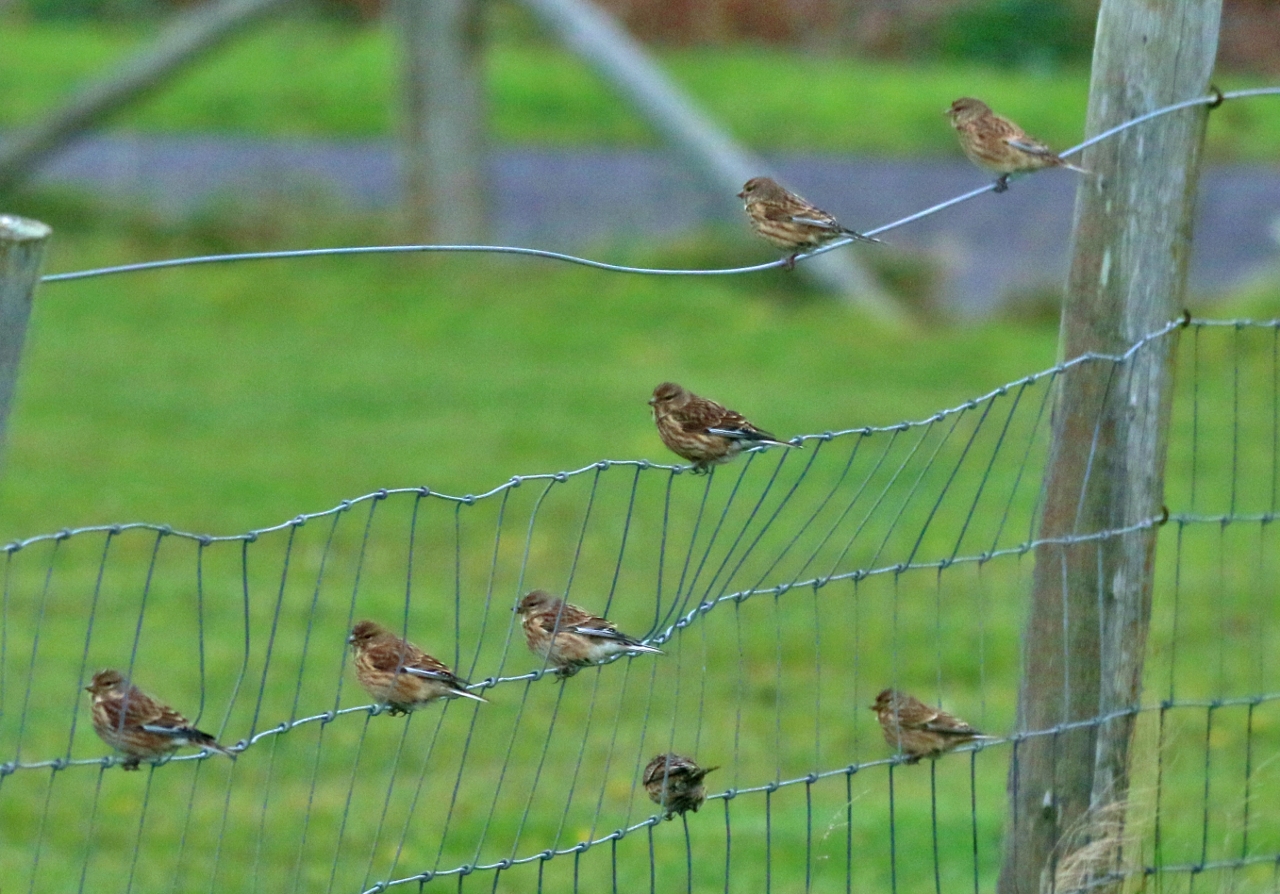
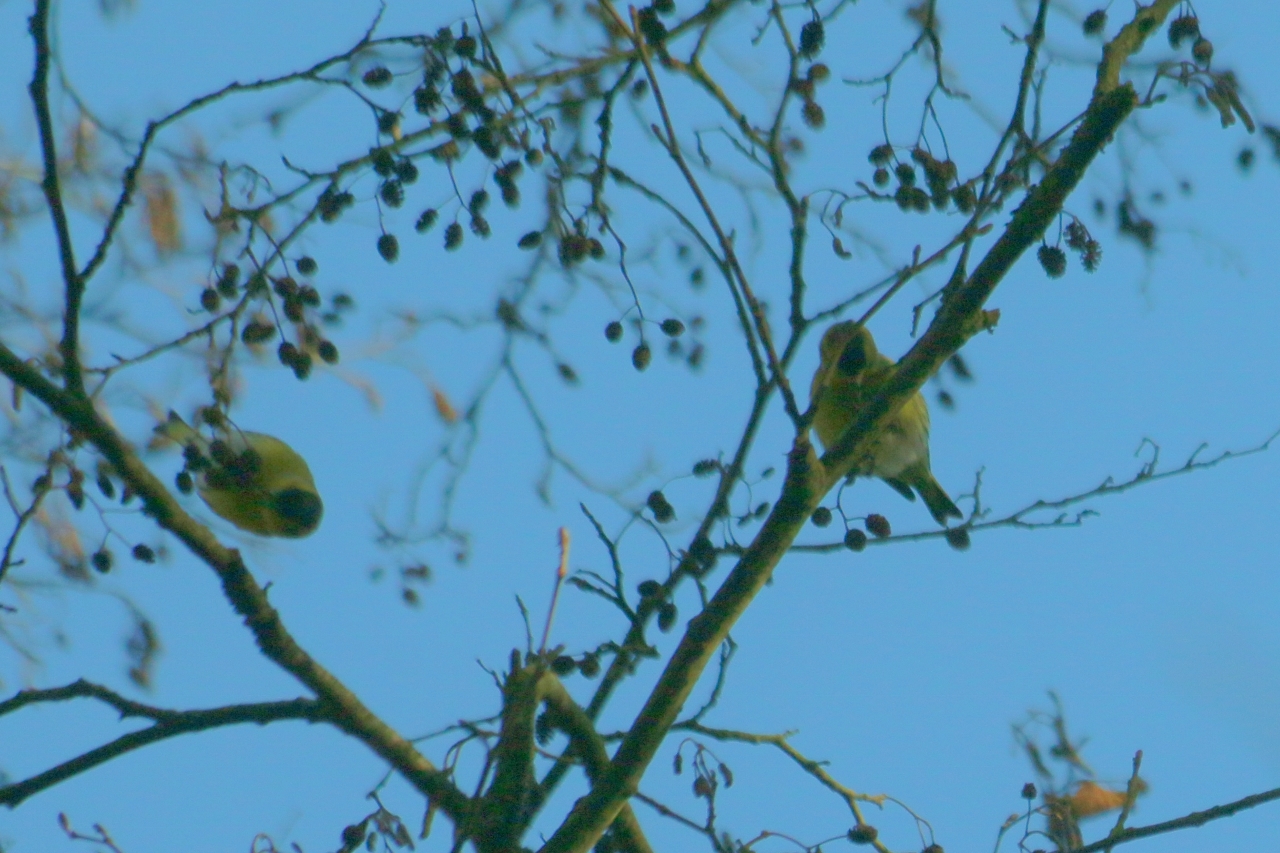

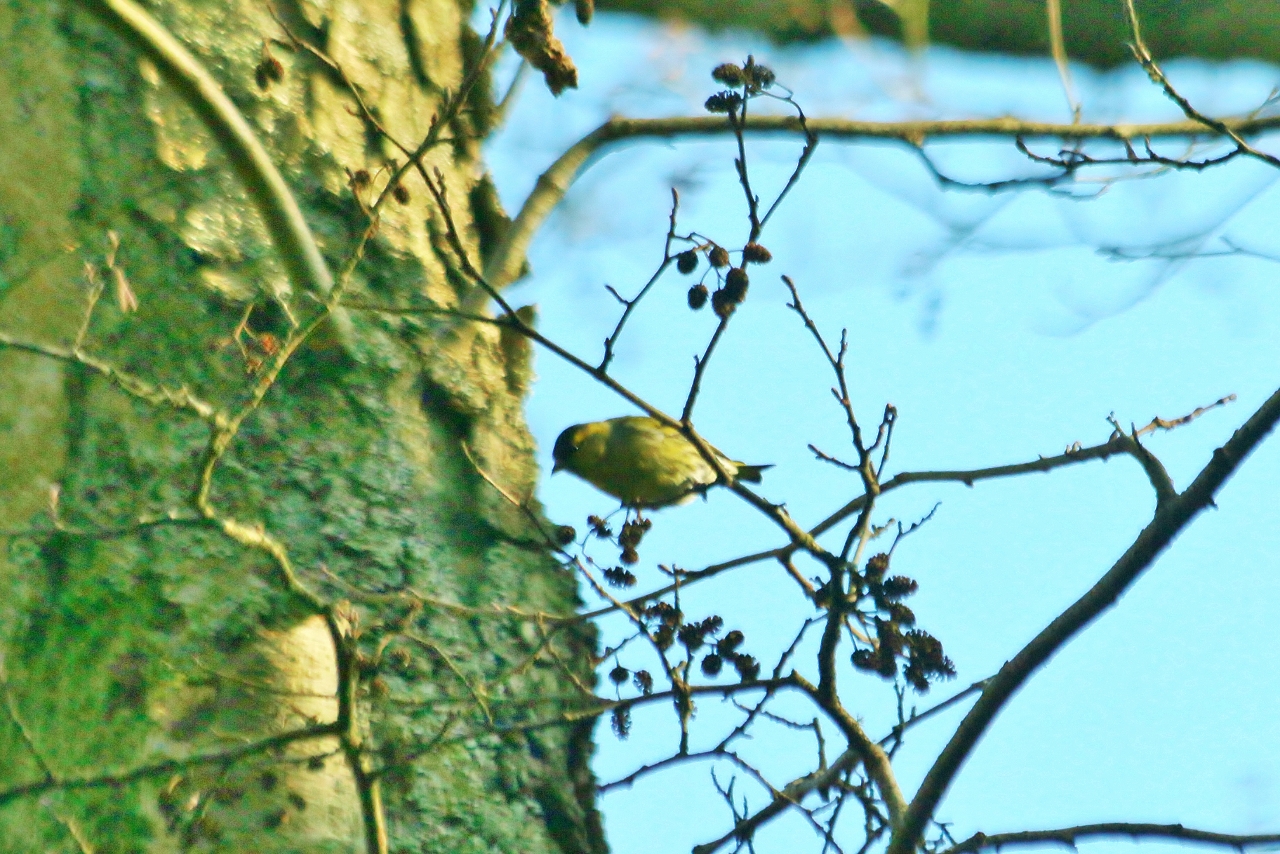
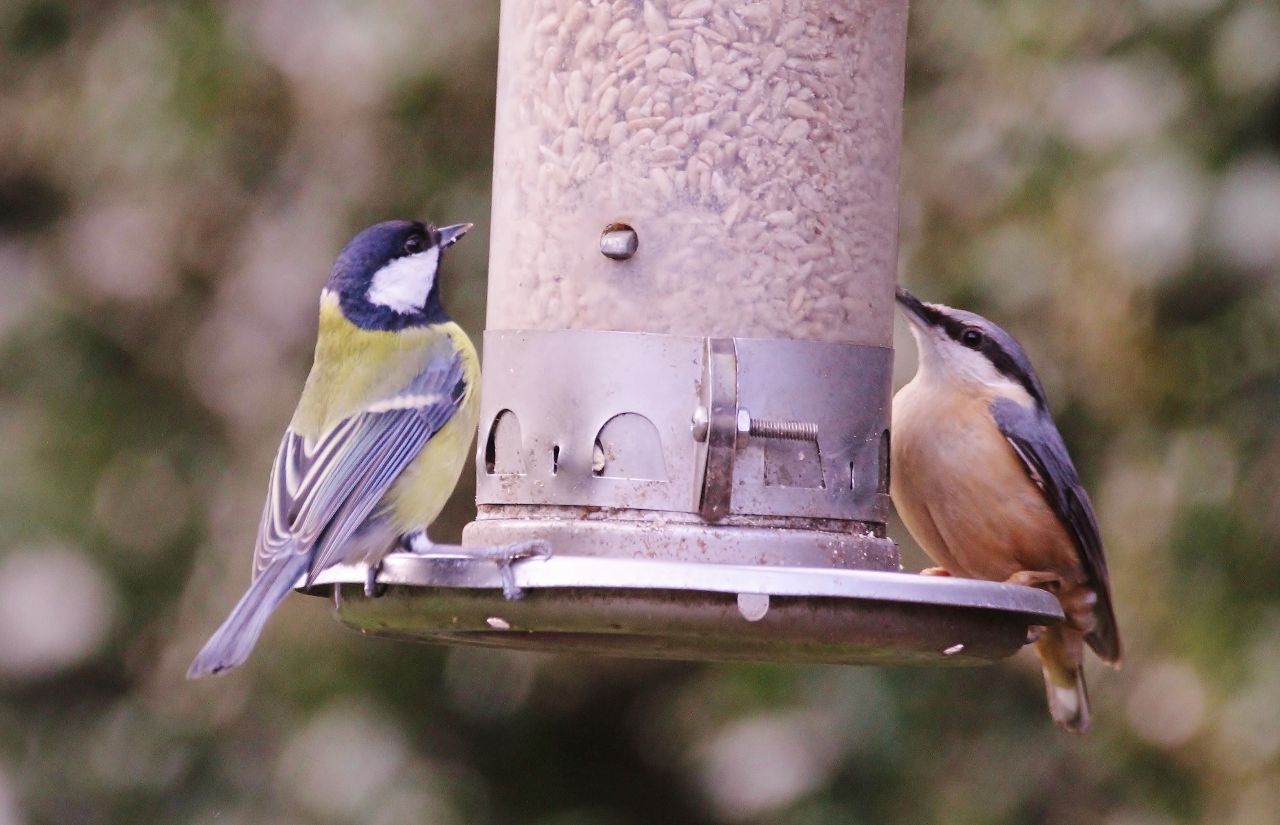
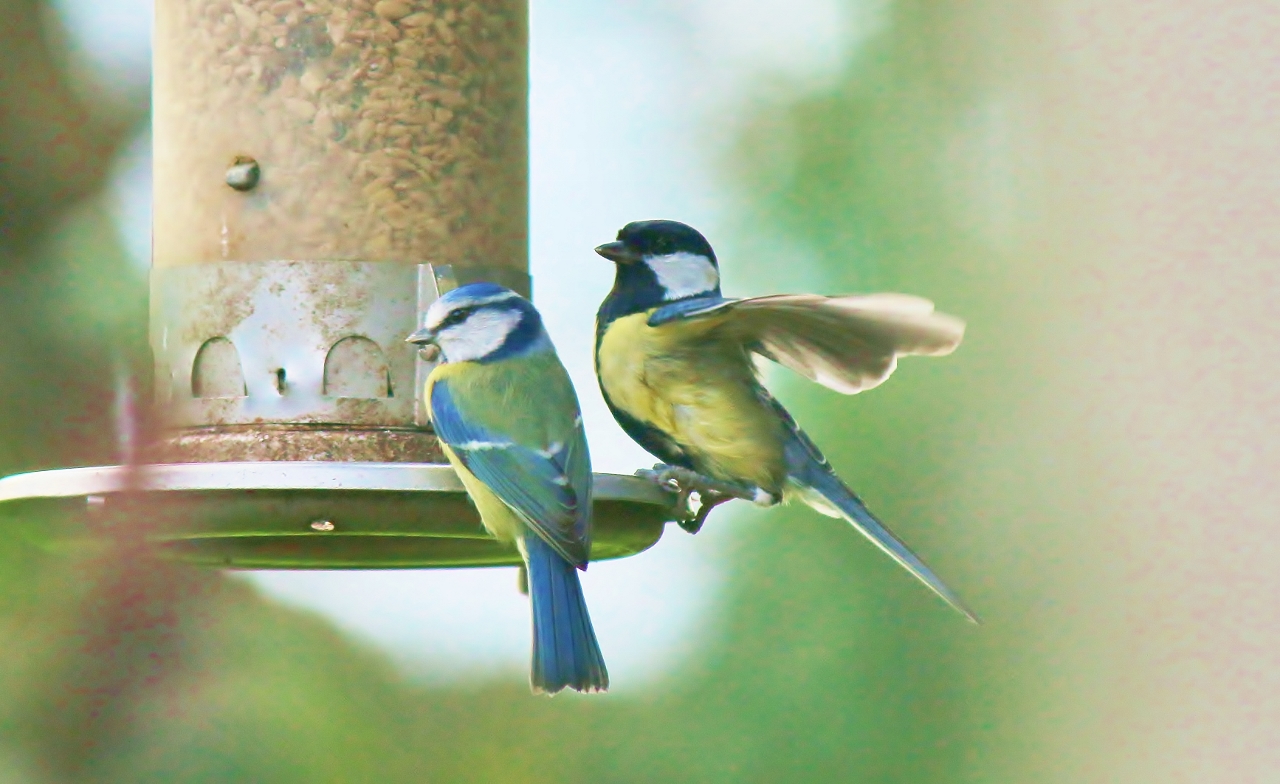


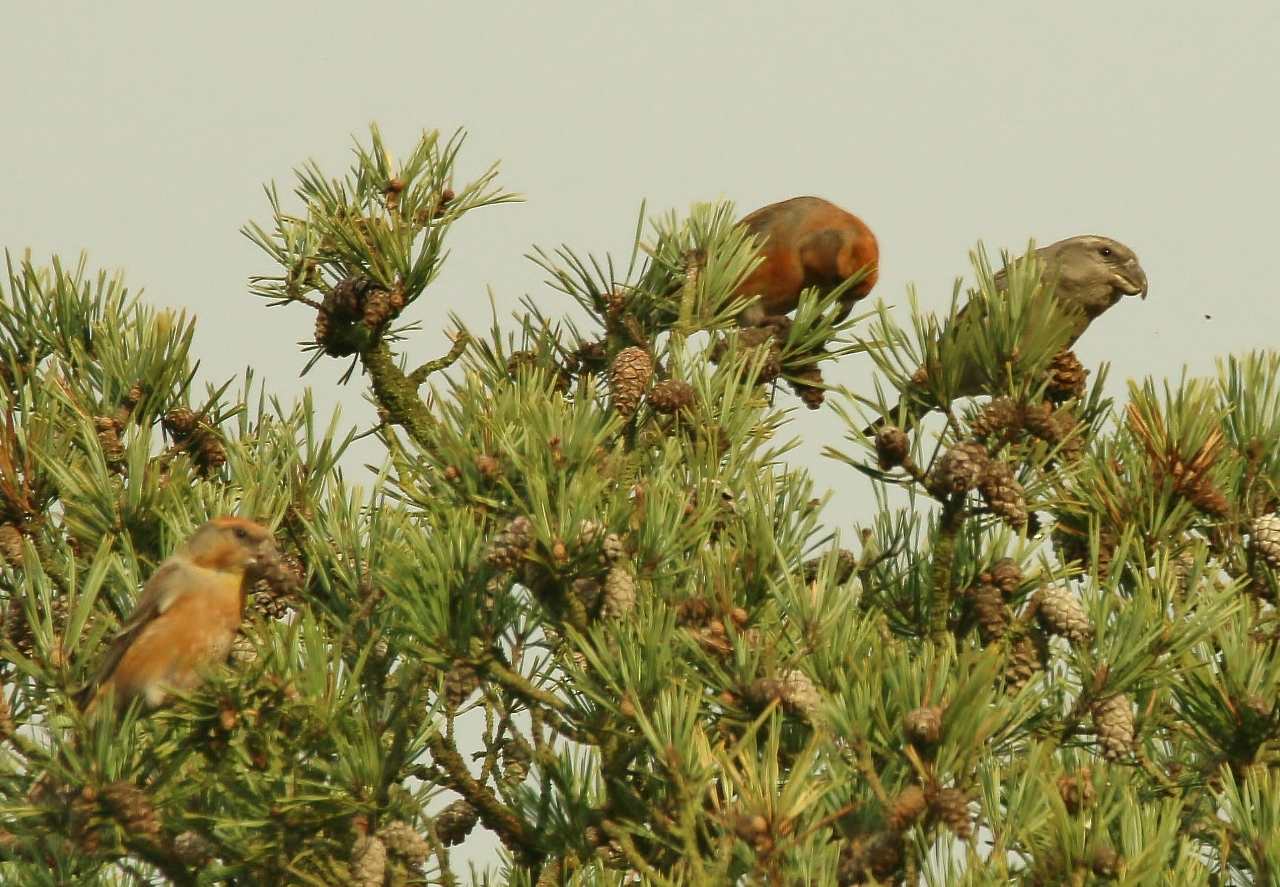
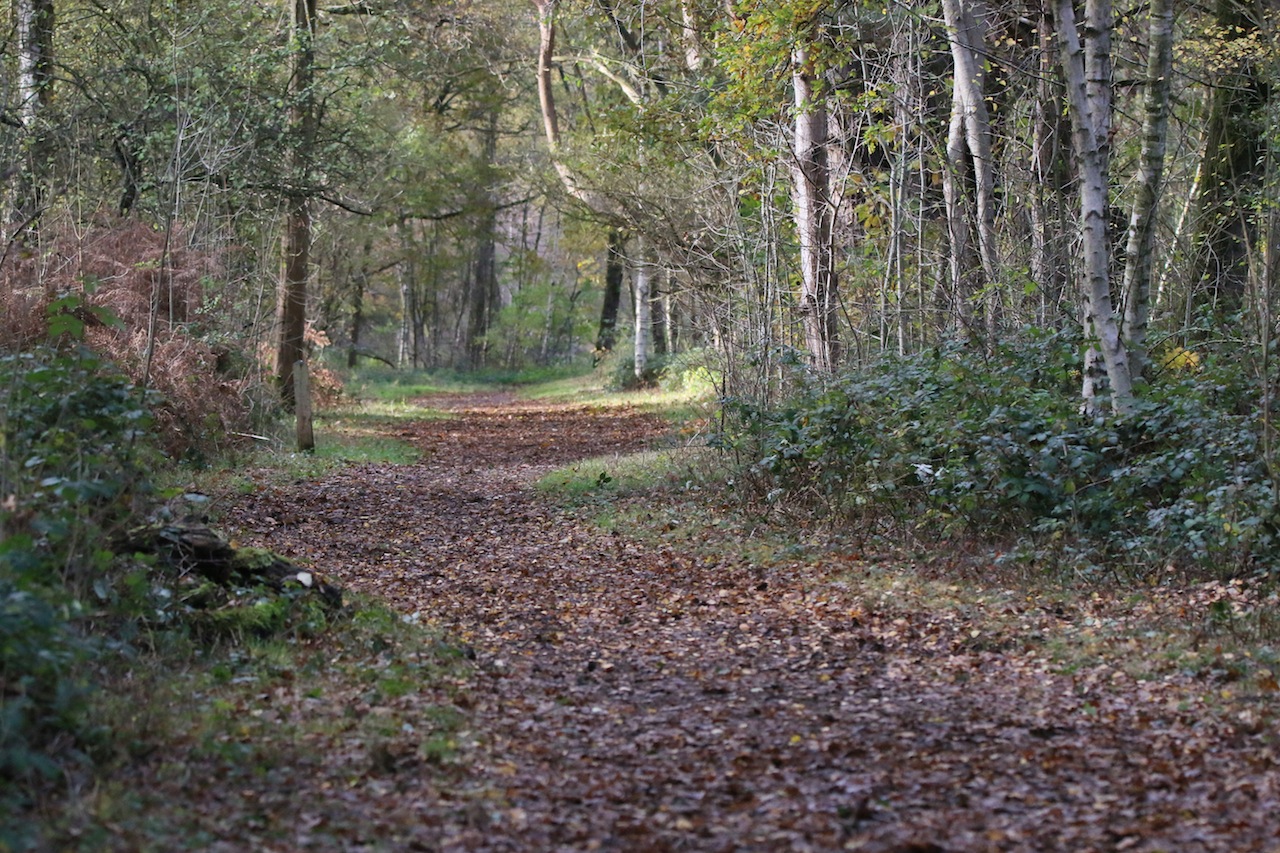
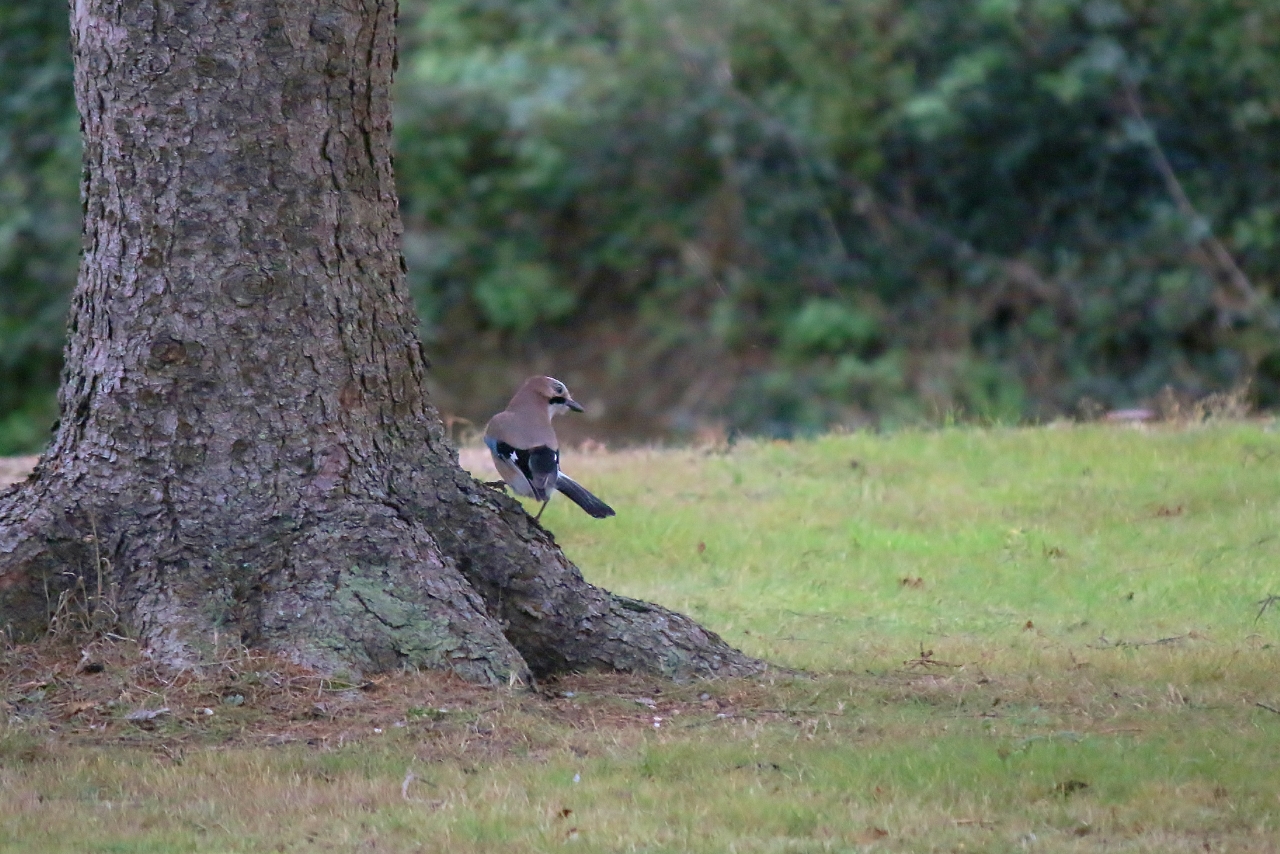
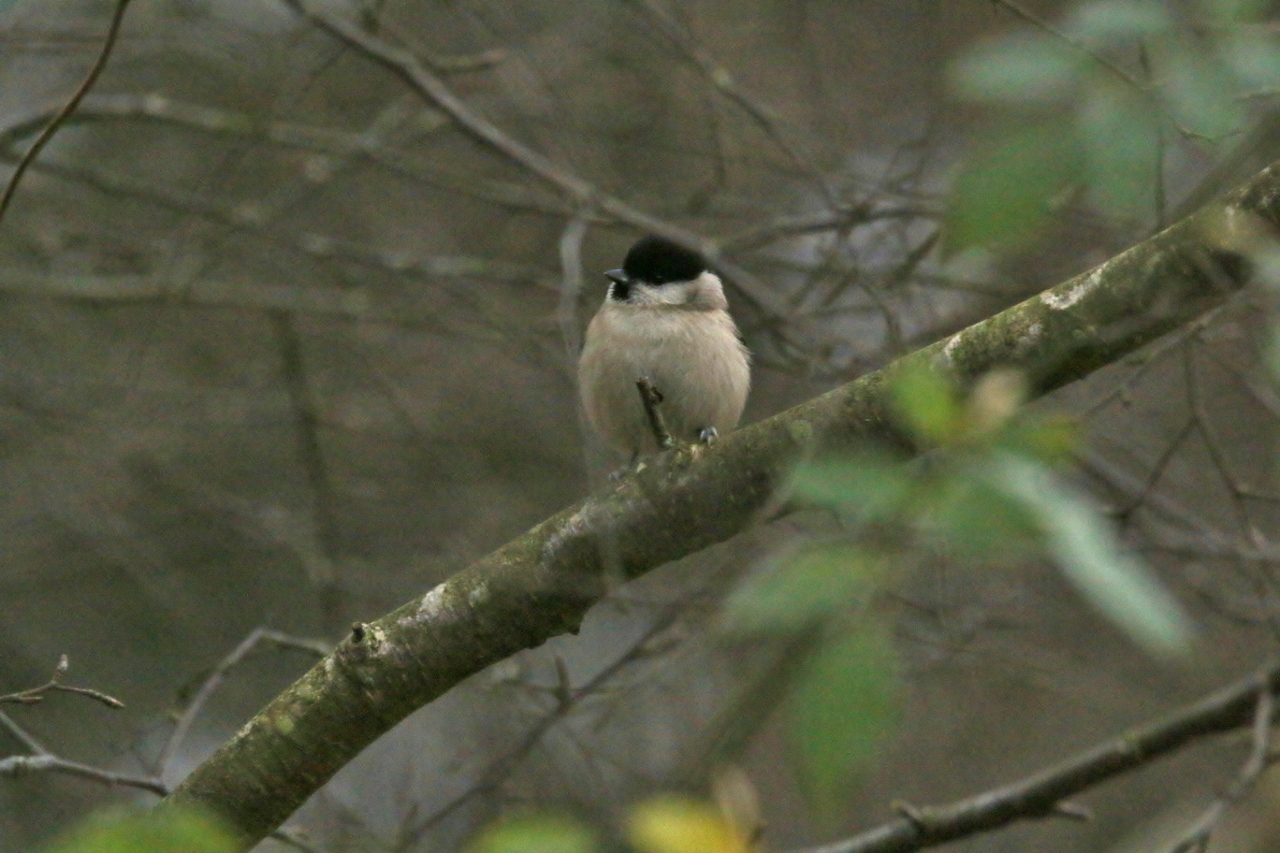
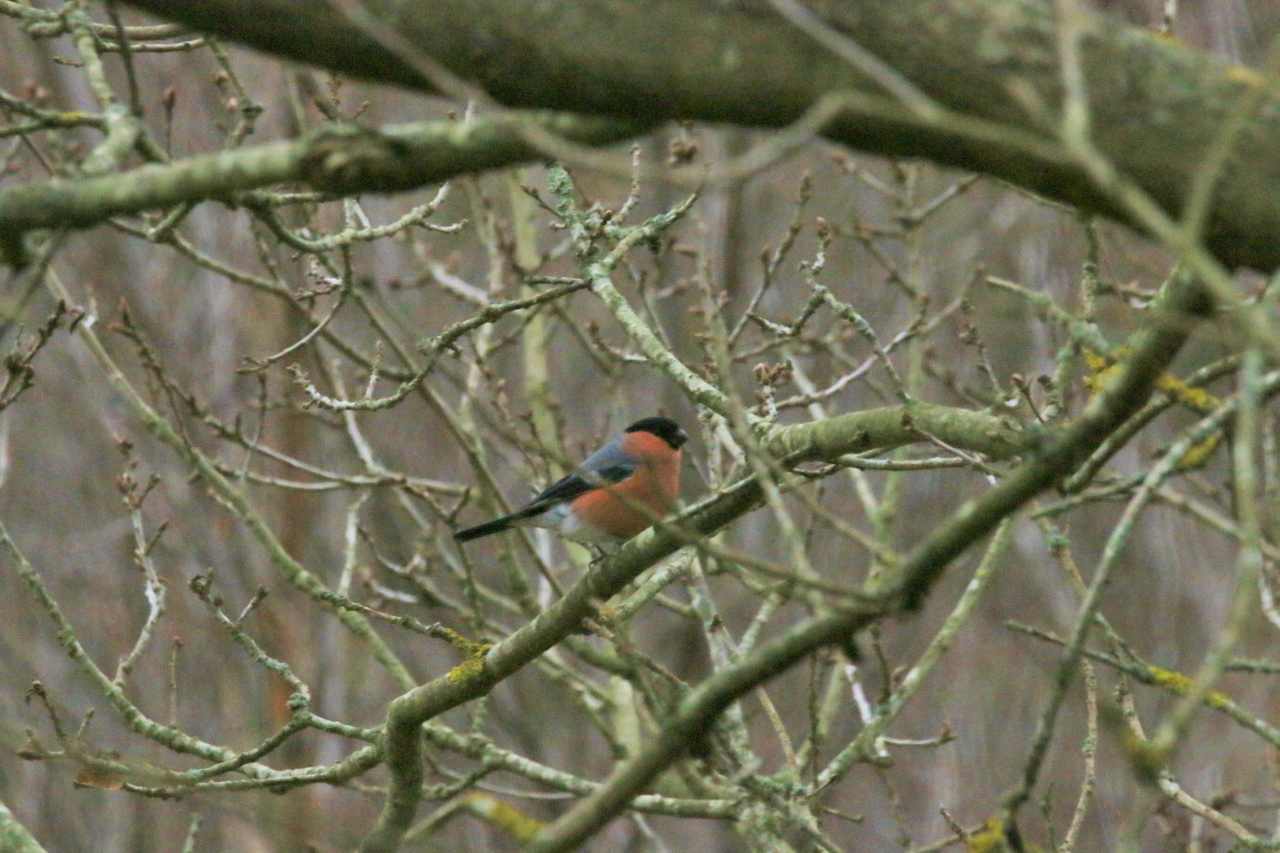

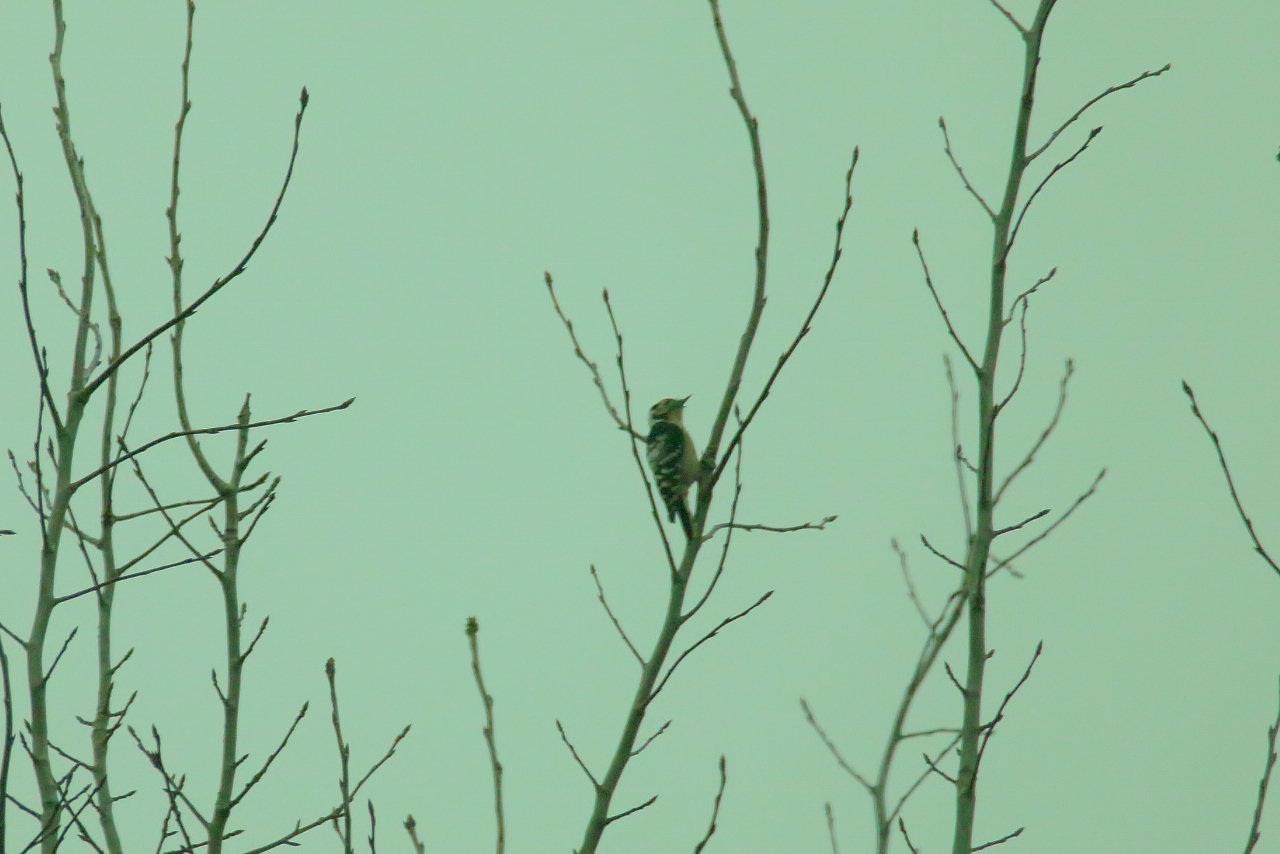
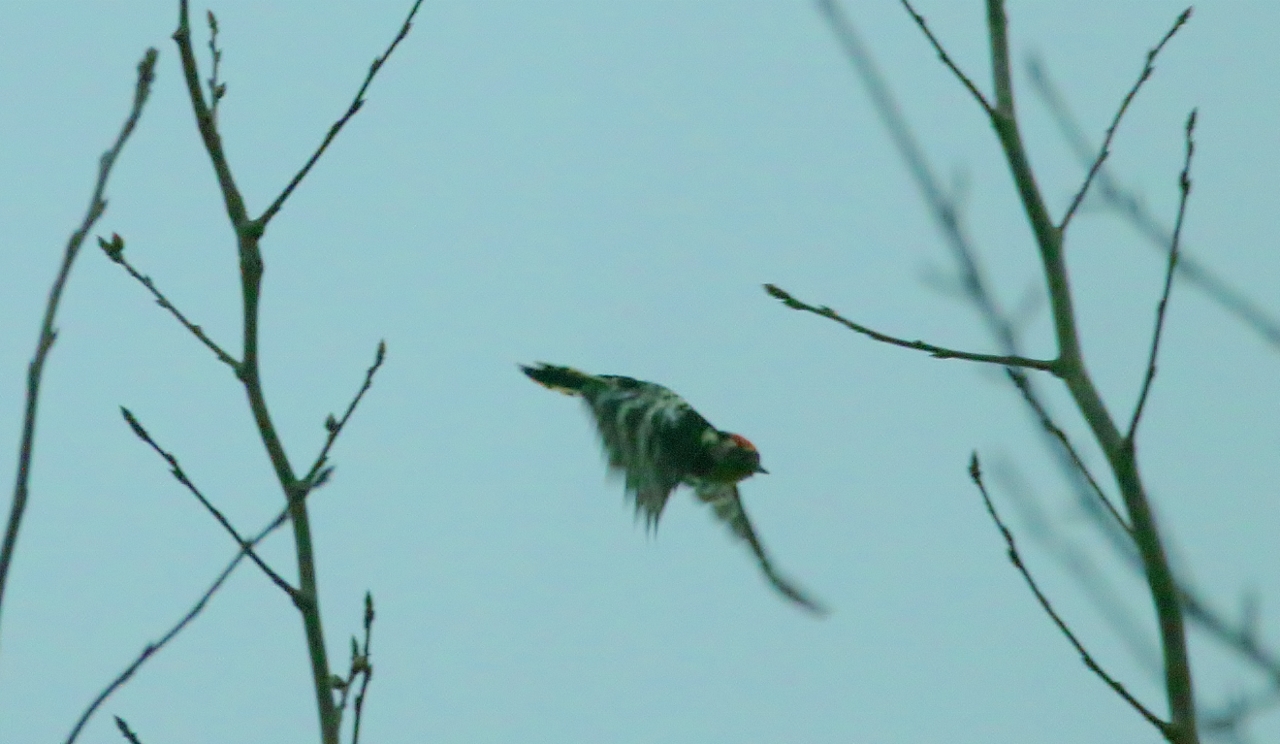
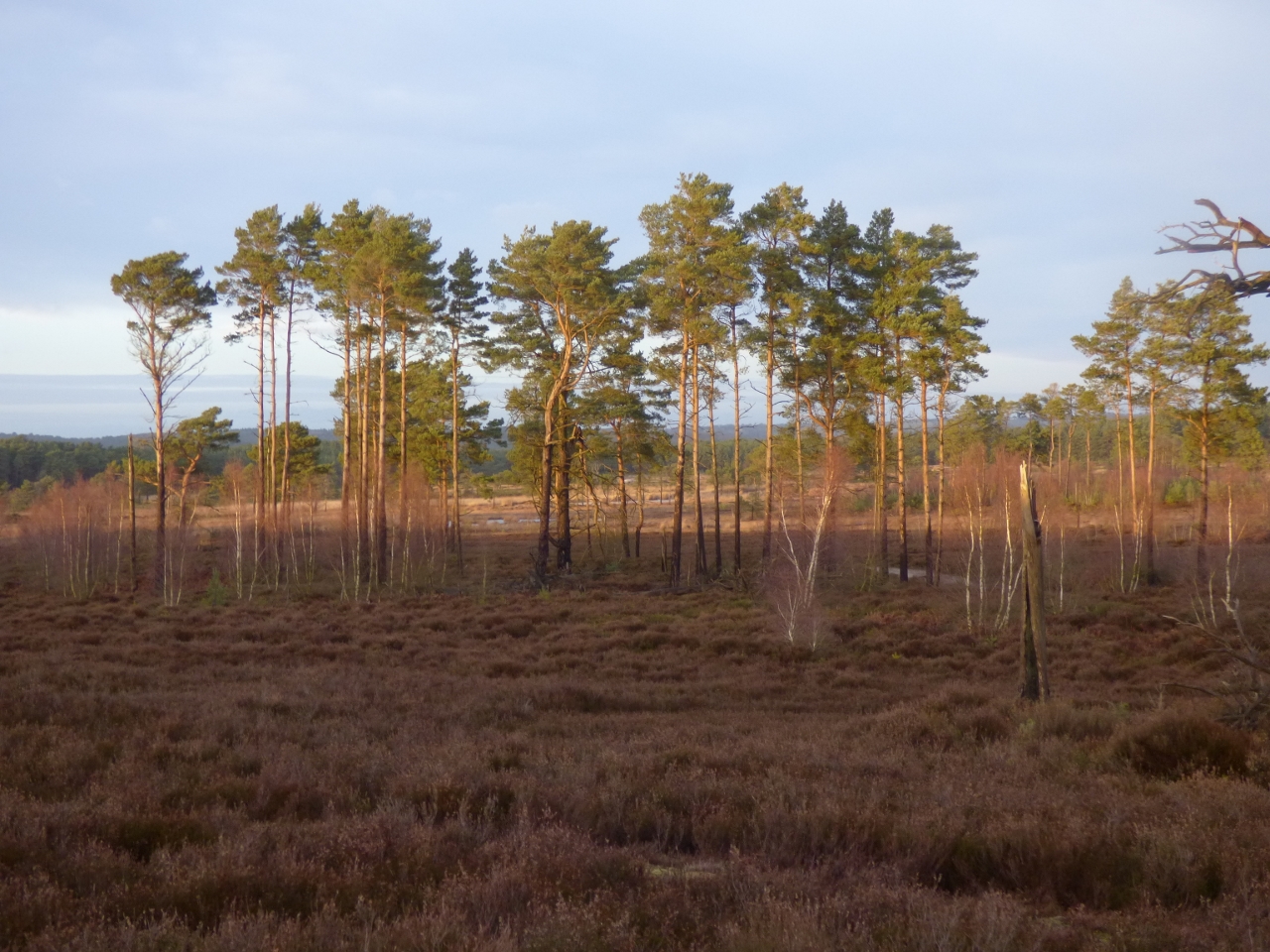
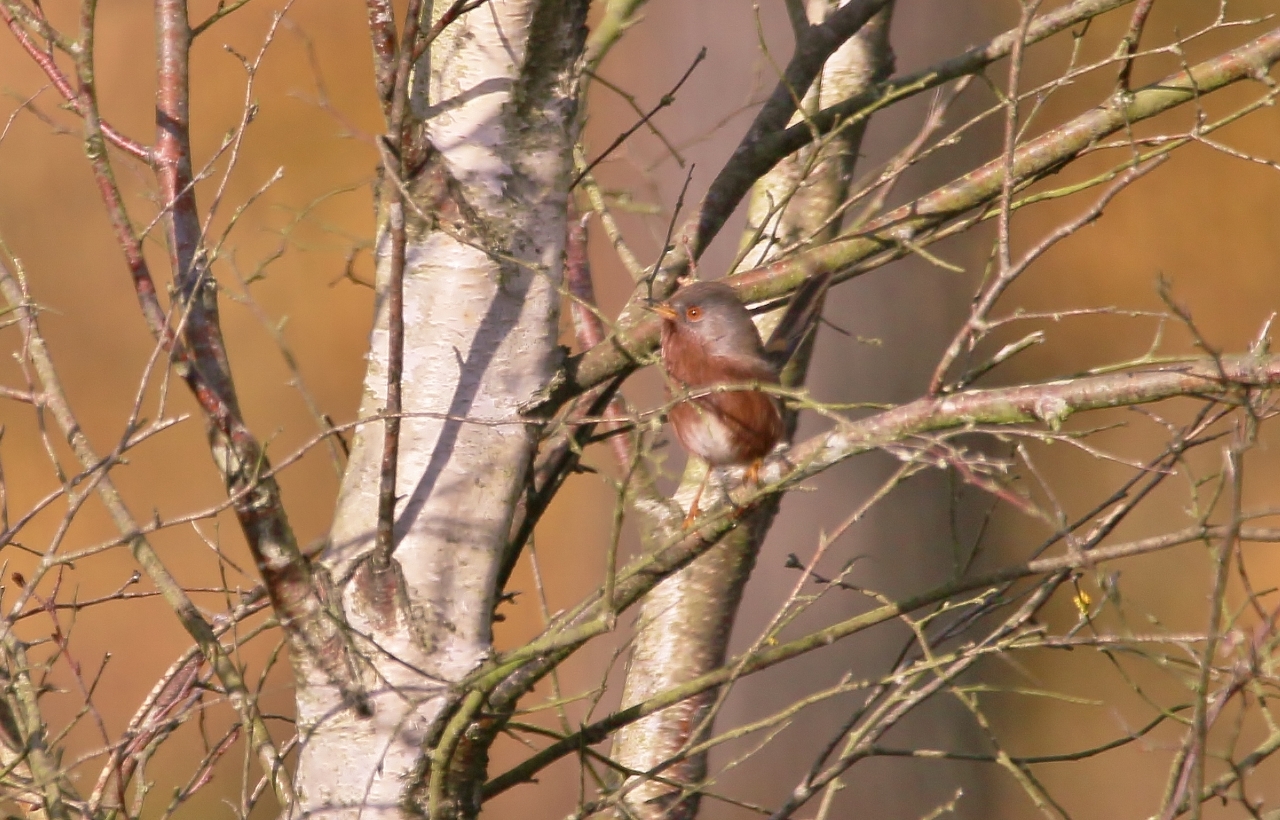
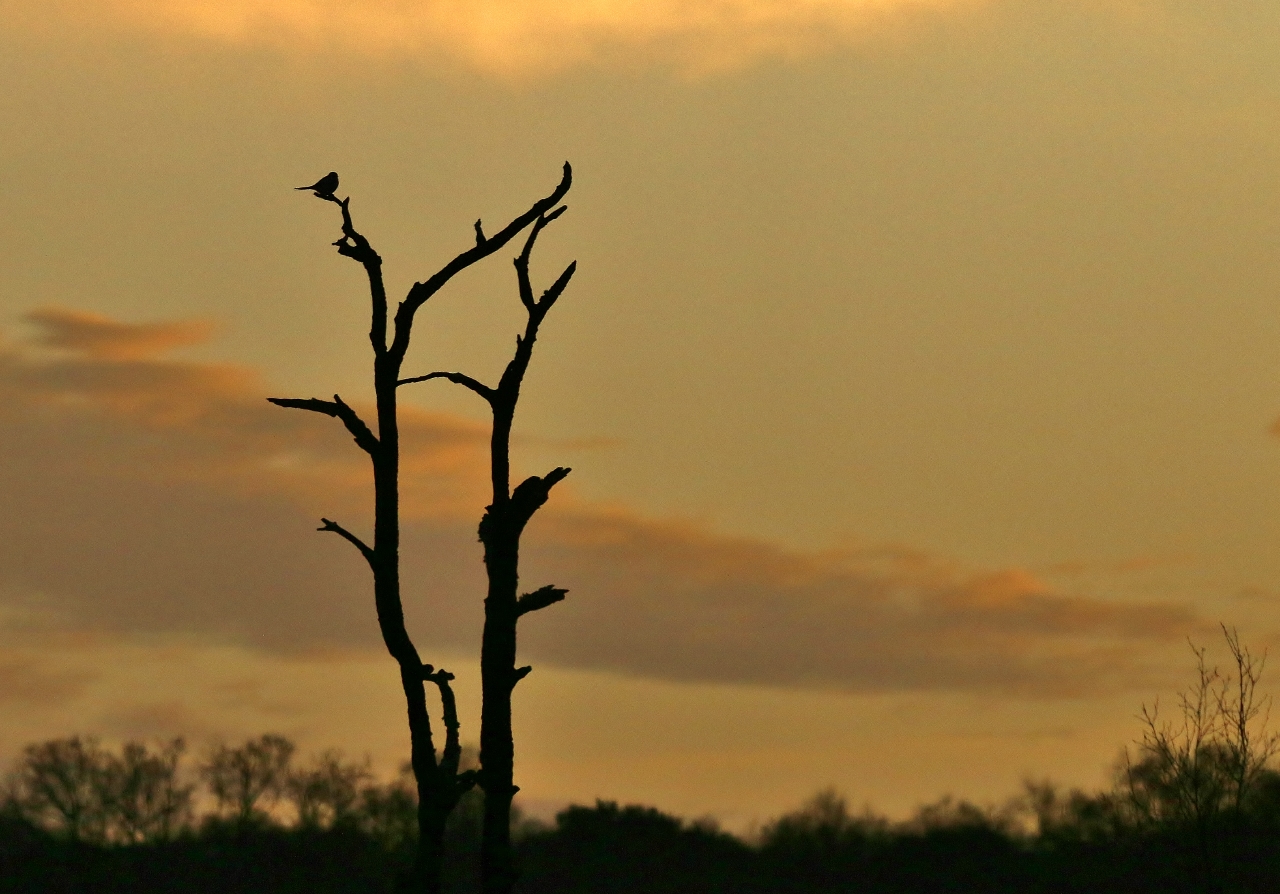
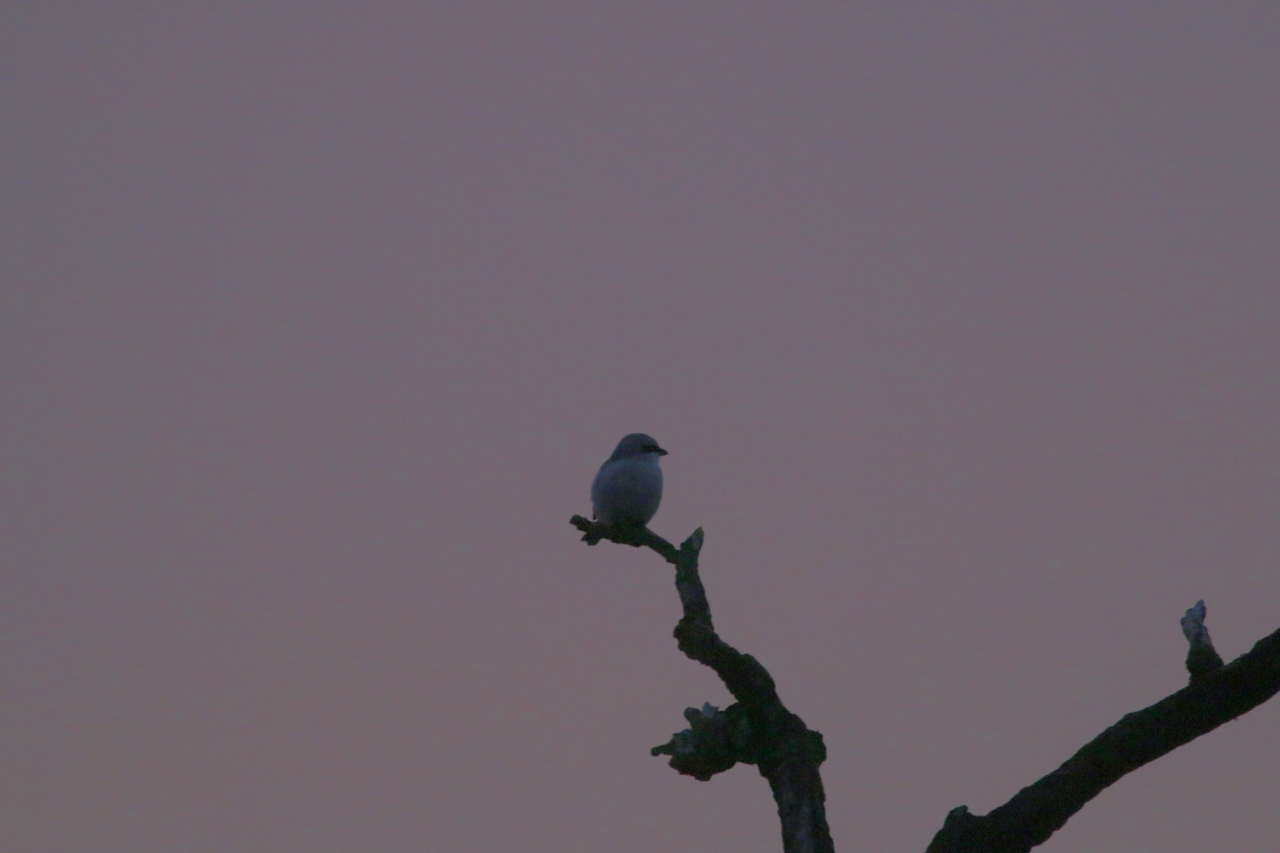
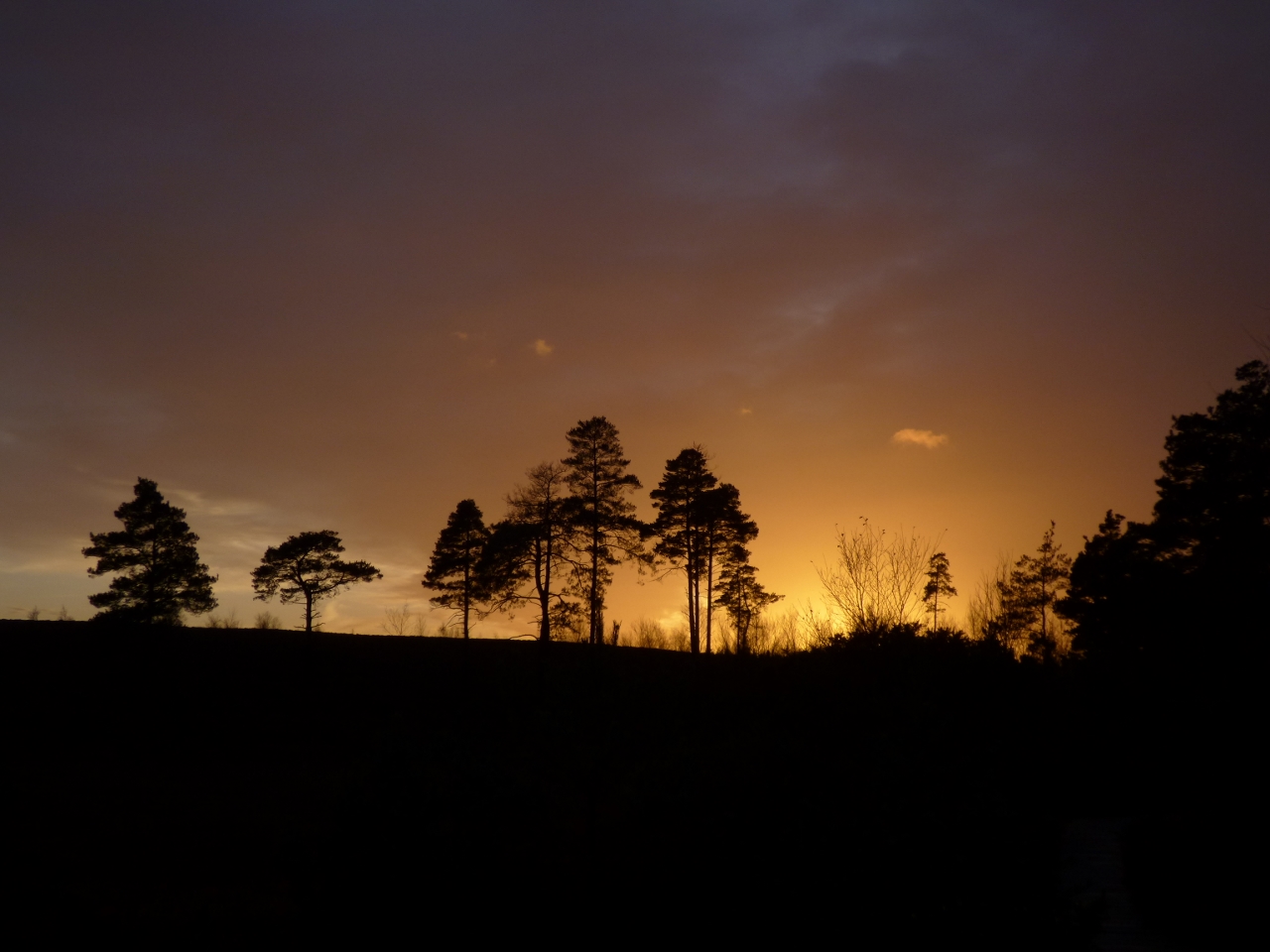
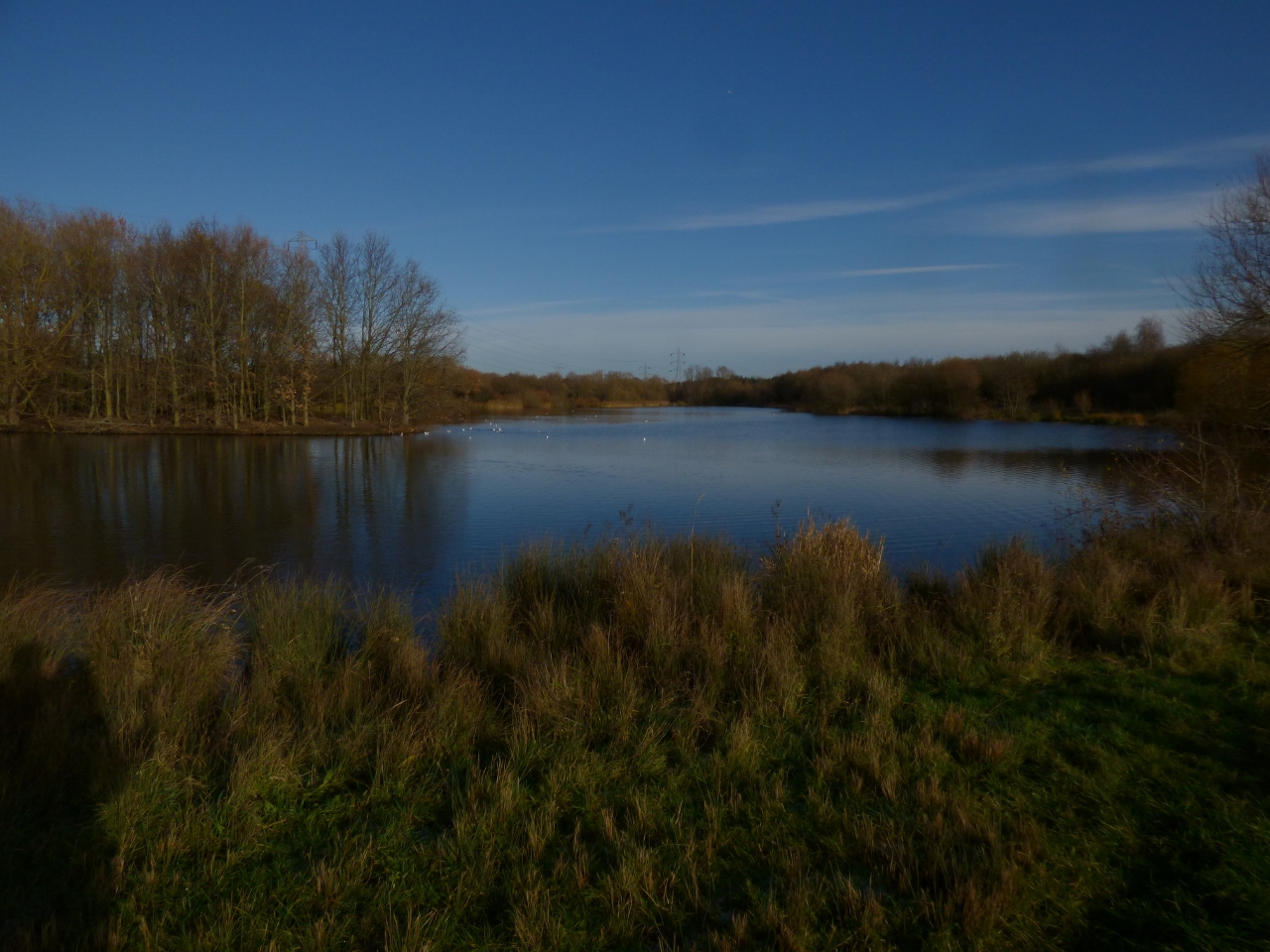
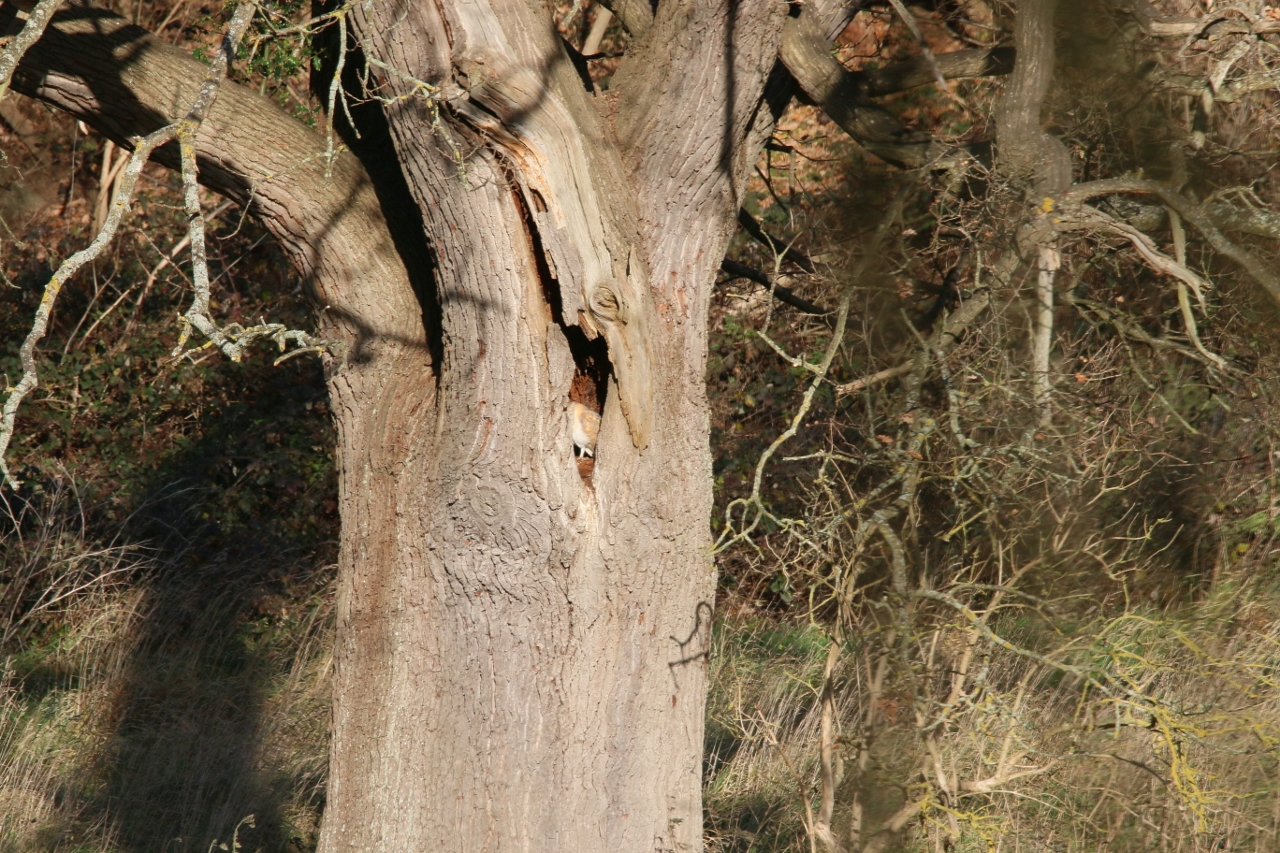
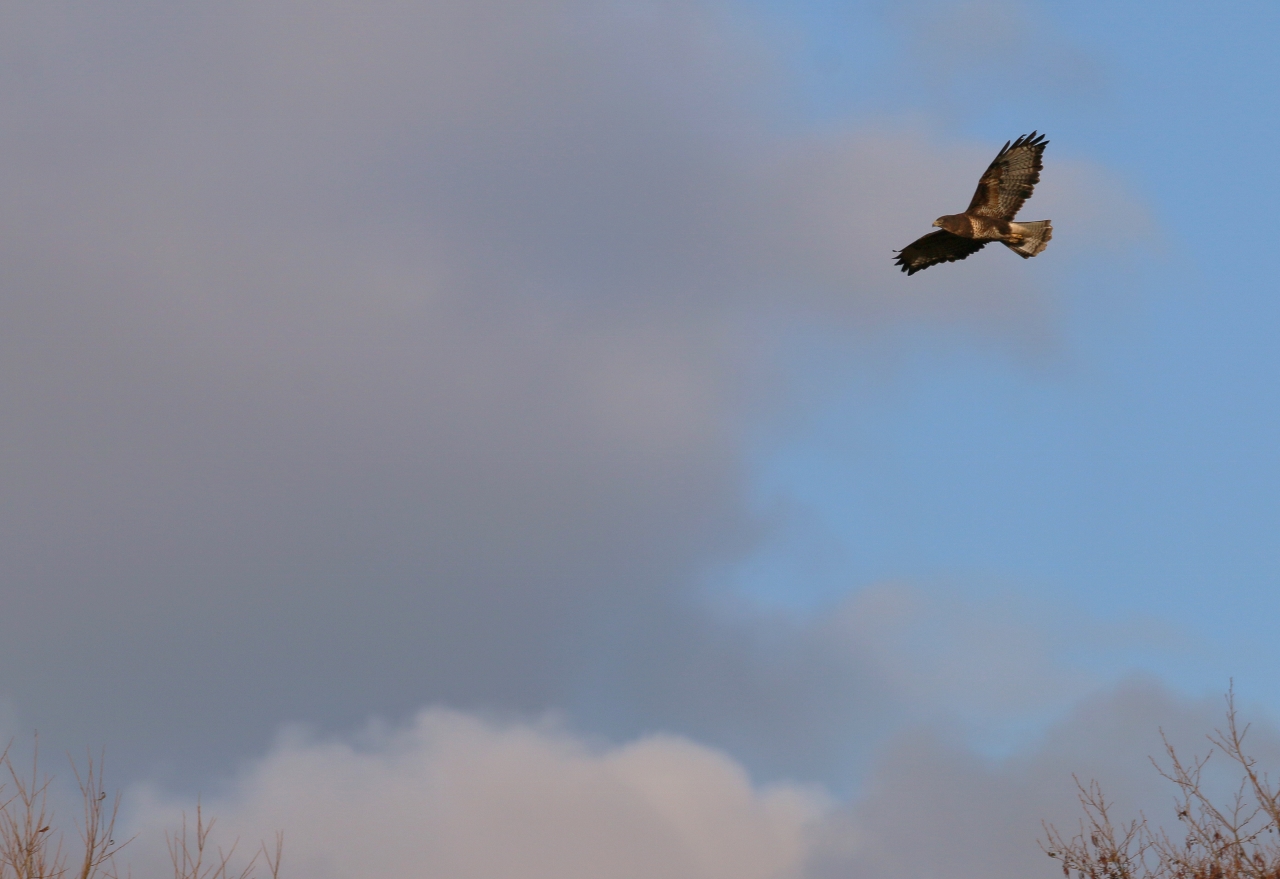
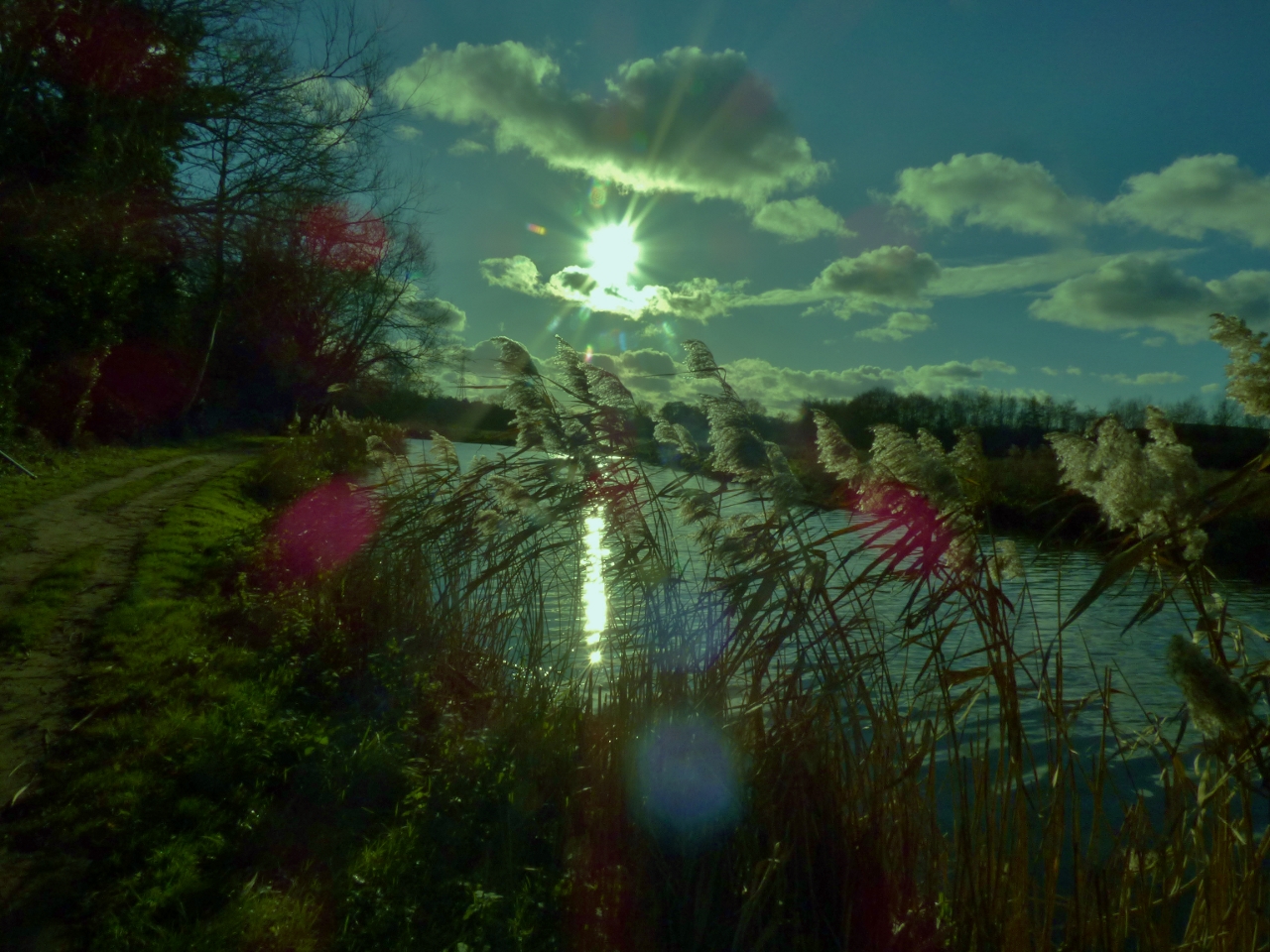
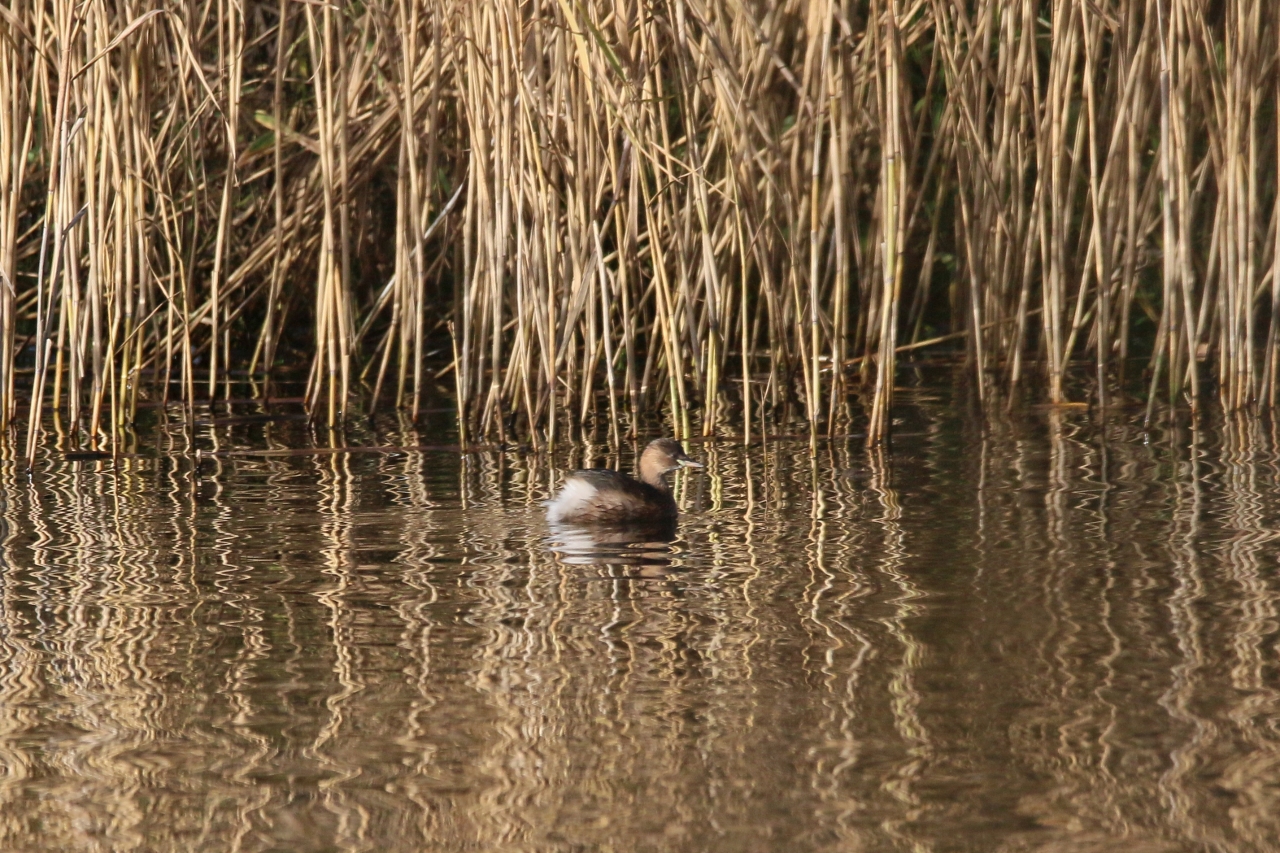
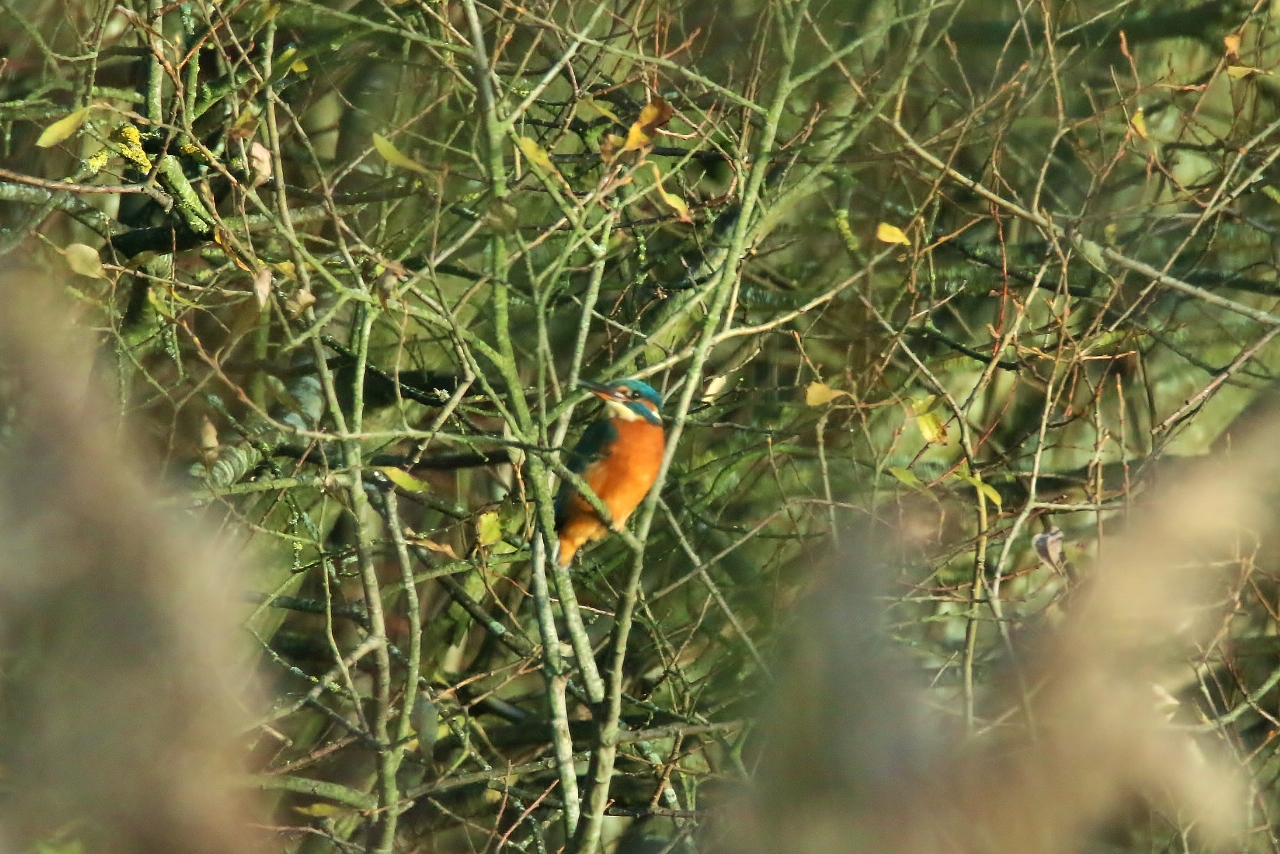
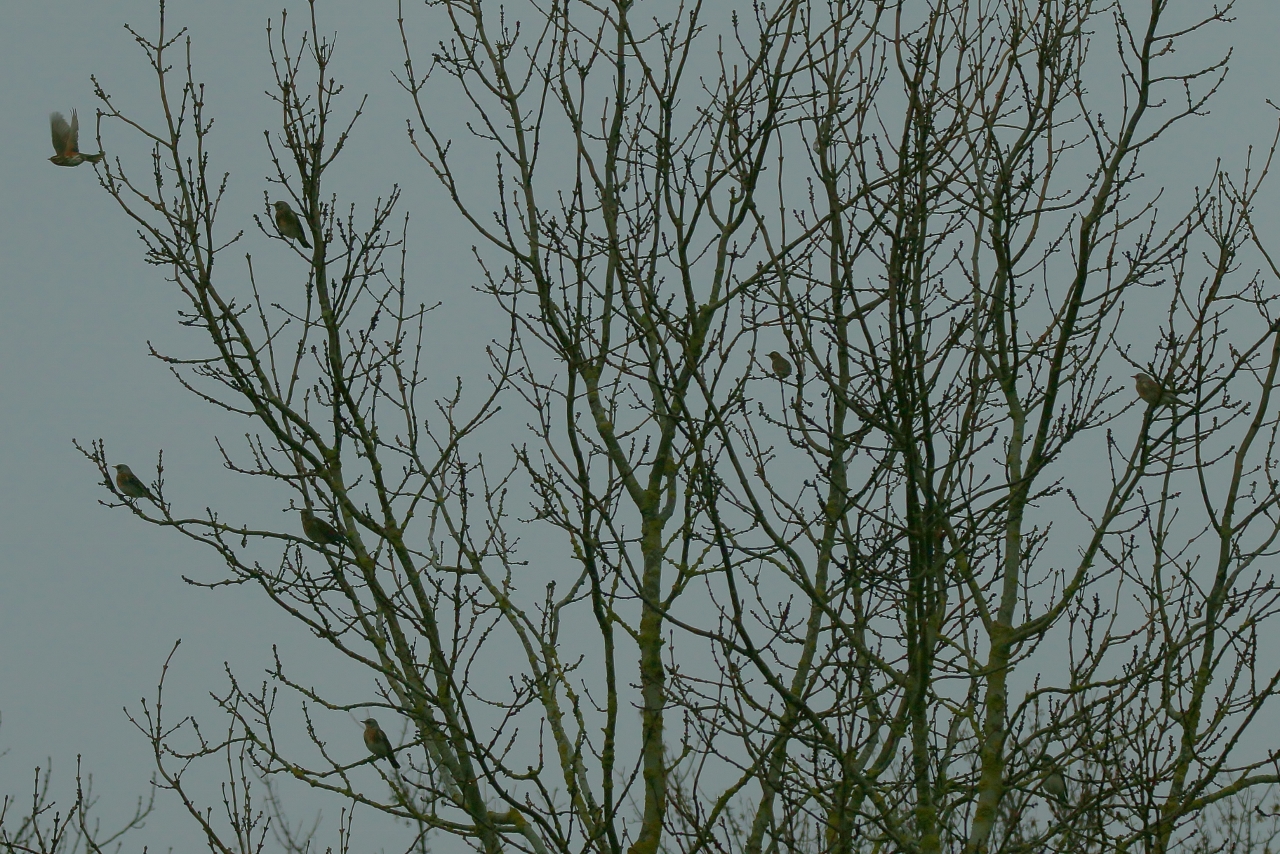

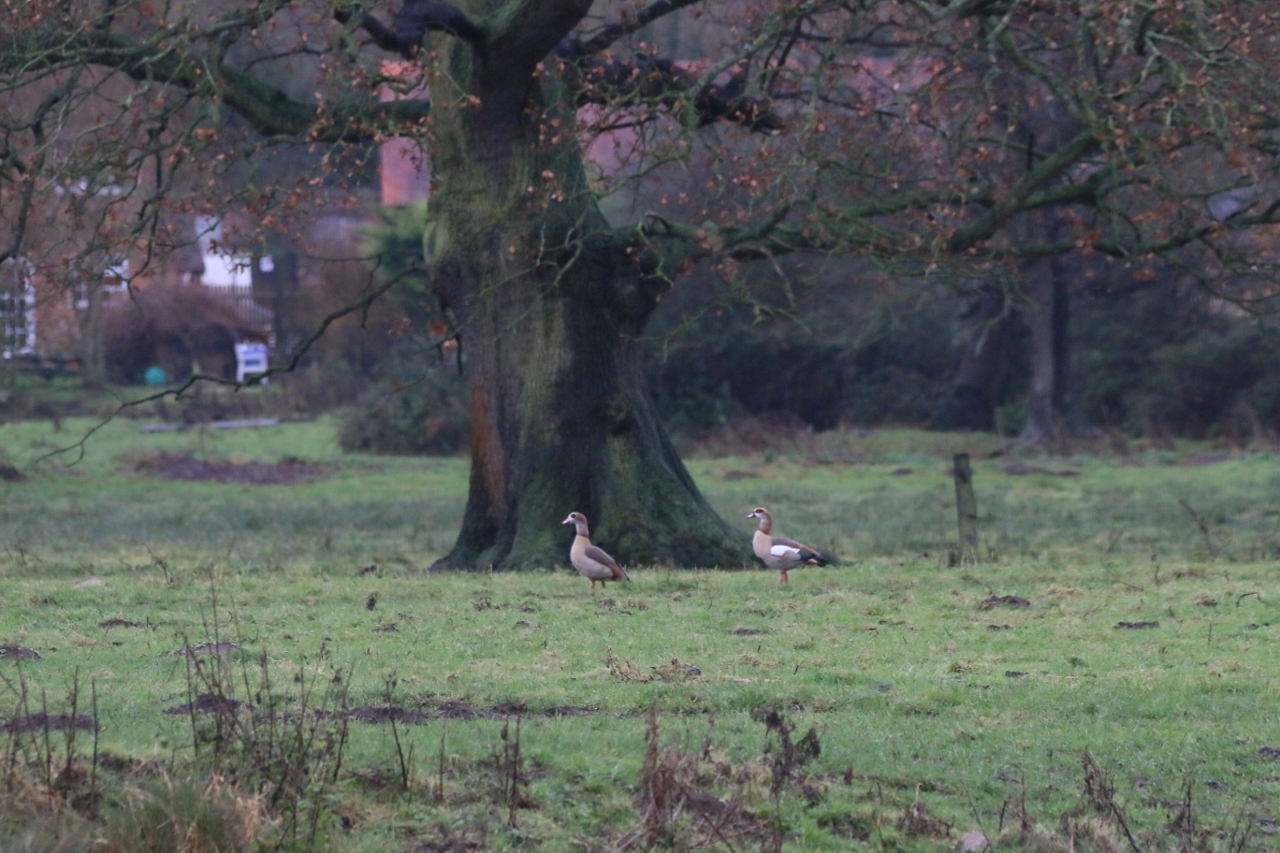
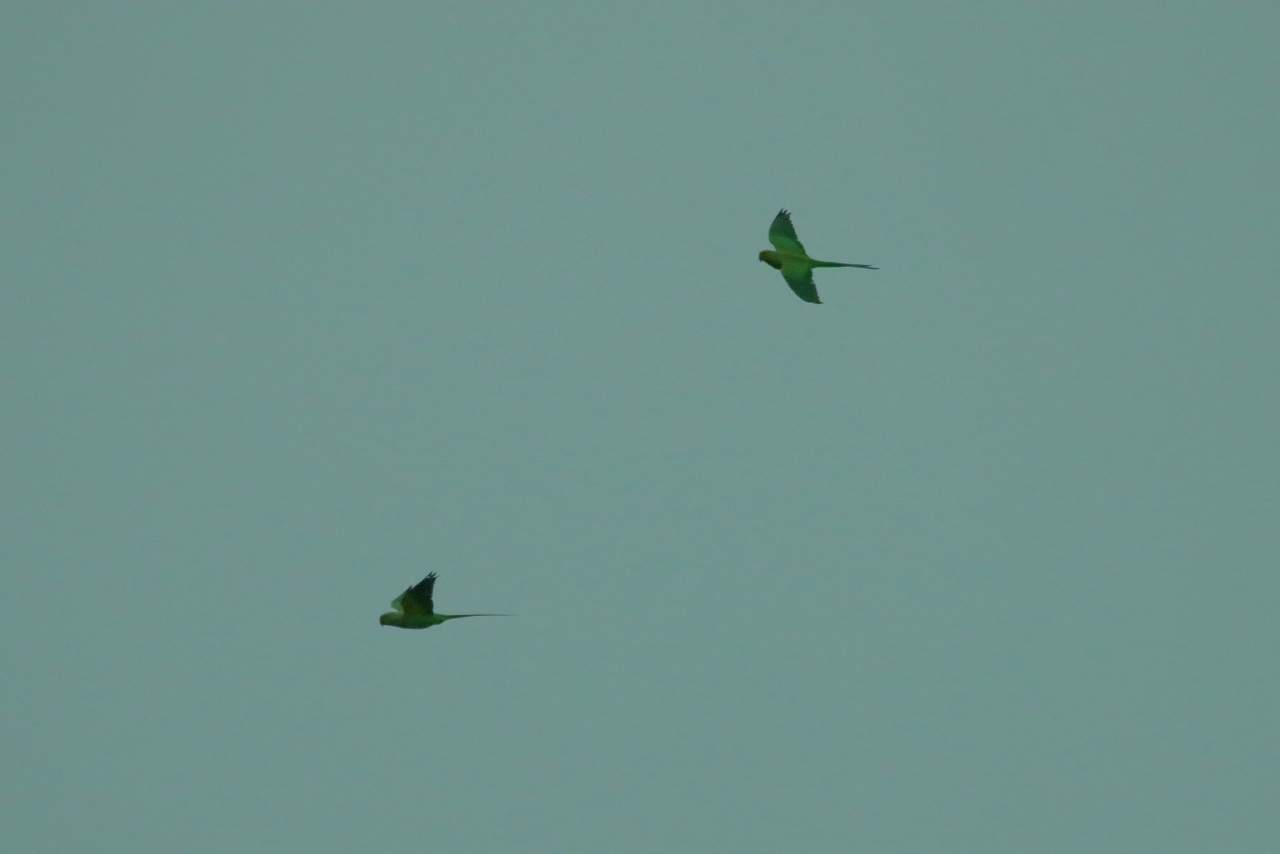
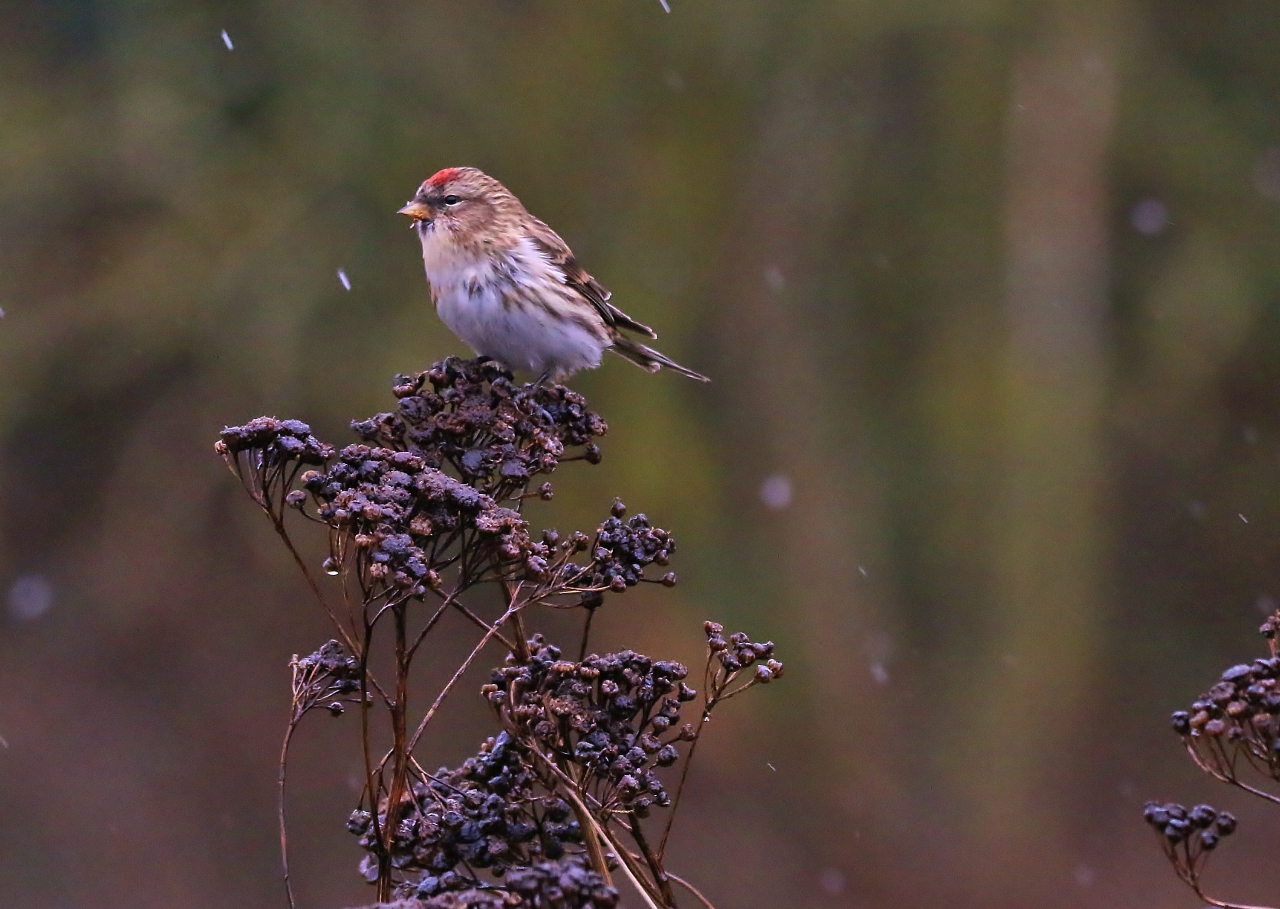





Steve Simnett
January 9, 2018 at 8:15 pm
Nice collection from Malcolm. Good stuff.